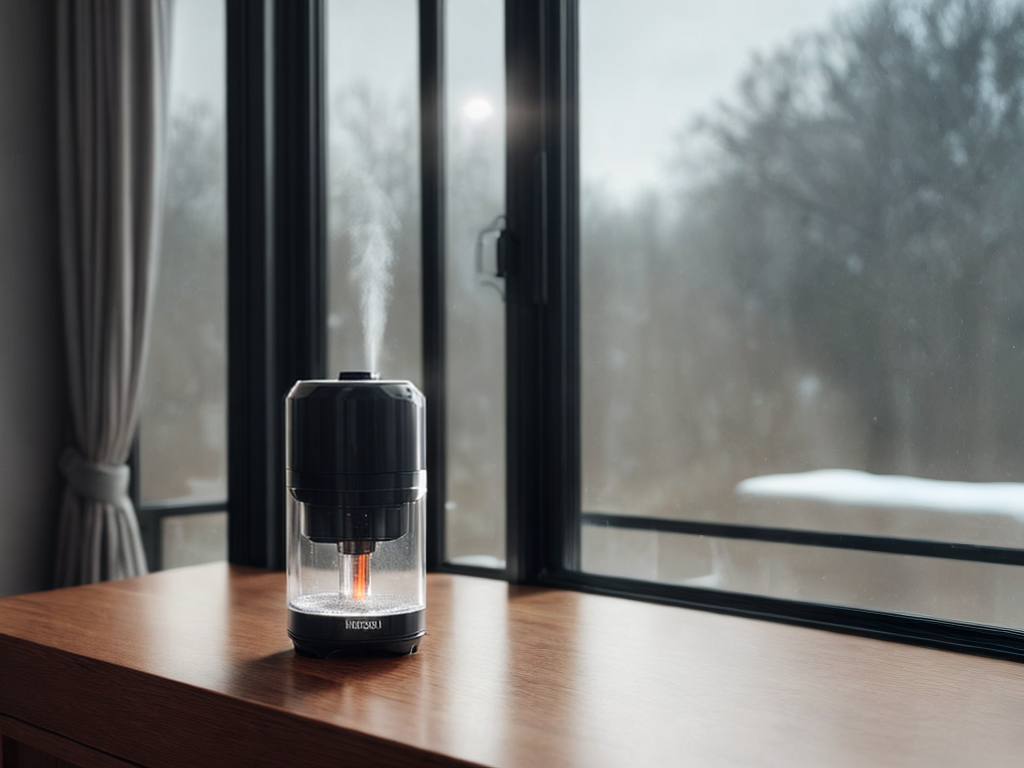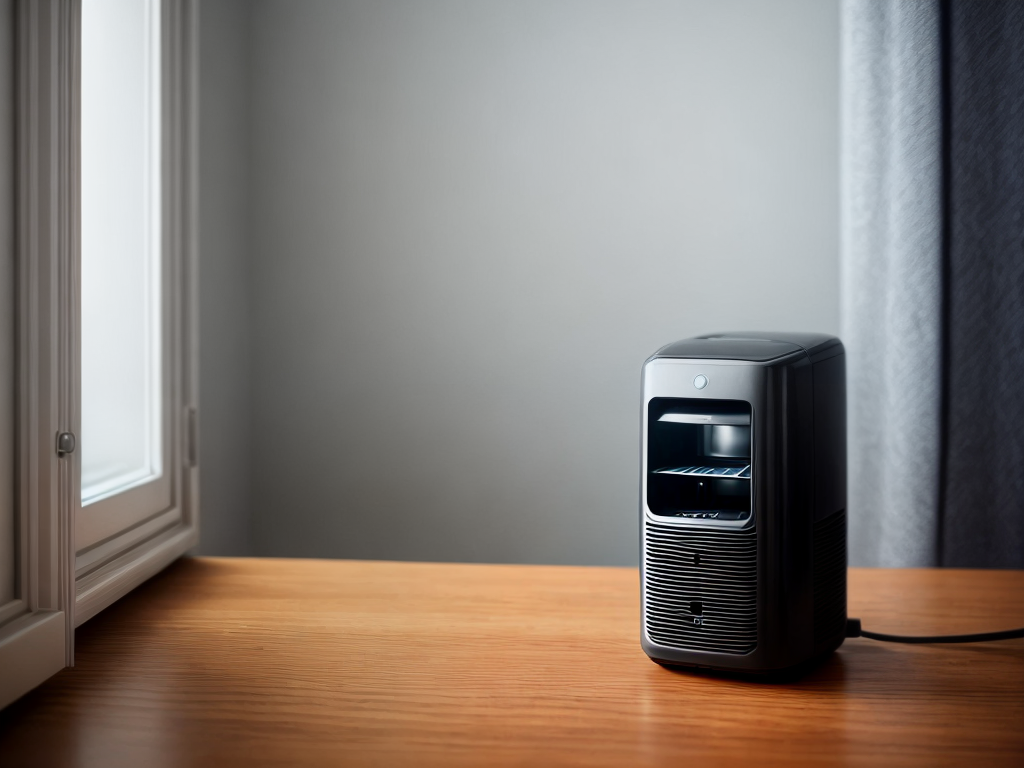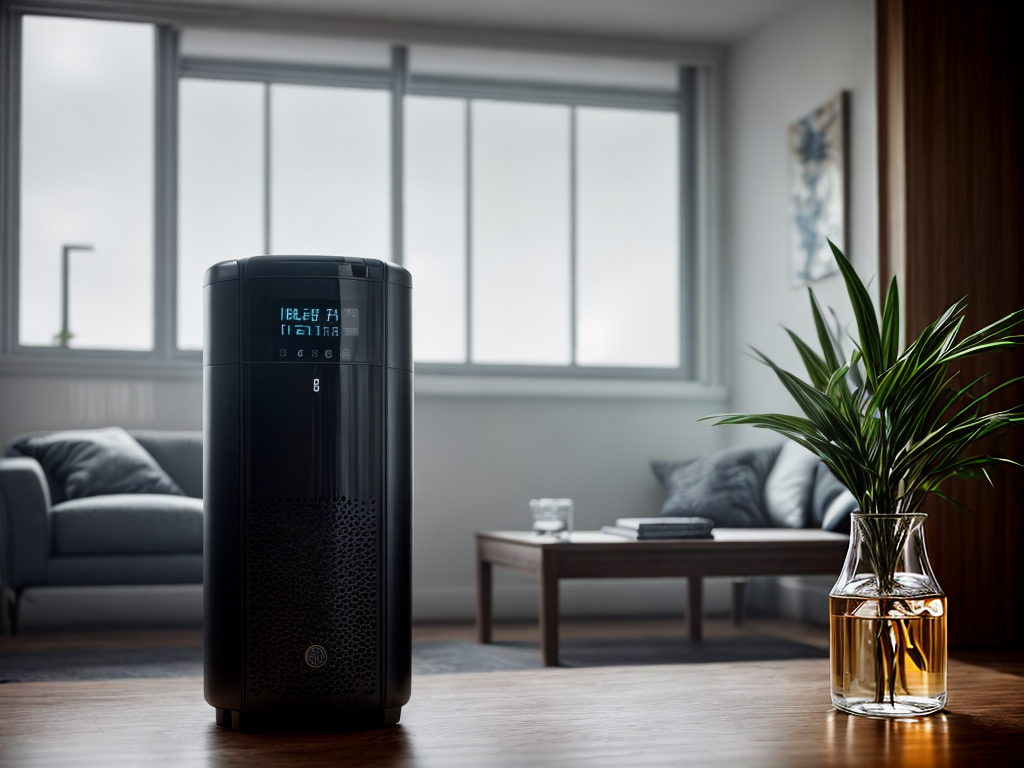
As I stepped into my basement, the musty smell hung heavy in the air, reminding me that it was time to tackle the task of dehumidifier maintenance. It’s not the most exciting chore, but it’s a necessary one if you want to keep your unit running smoothly and efficiently. Neglecting regular maintenance can lead to a decrease in performance and even potential damage to your dehumidifier. So, what steps can you take to ensure your unit stays in top shape? Well, let me share some valuable tips that will help you keep your dehumidifier working effectively for years to come.
Importance of Regular Cleaning
Regular cleaning of your dehumidifier is essential for maintaining its performance and extending its lifespan. As someone who desires control over their environment, you understand the benefits of using a dehumidifier and want to ensure that it continues to function optimally. Neglecting regular cleaning can lead to various common dehumidifier problems that can hinder its efficiency and effectiveness.
One of the main benefits of using a dehumidifier is the improvement in air quality. By removing excess moisture from the air, it helps prevent the growth of mold, mildew, and dust mites, which can trigger allergies and respiratory issues. However, if the dehumidifier is not cleaned regularly, these contaminants can accumulate and compromise the air quality in your space.
Another common problem that arises from neglecting dehumidifier maintenance is reduced performance. Over time, dust and debris can clog the air filters, obstruct the airflow, and strain the unit’s motor. This can lead to decreased moisture removal capacity and increased energy consumption. Regularly cleaning the filters, coils, and condensate reservoir will ensure that your dehumidifier operates at its best.
Changing the Filter
To maintain optimal performance, it is important to regularly change the filter in your dehumidifier. The filter plays a crucial role in capturing dust, allergens, and other particles in the air, ensuring clean and healthy air circulation. Here are some key points to help you with filter maintenance:
- Replacing the filter: It is recommended to replace the filter every 3 to 6 months, depending on the usage and air quality. Be sure to check the manufacturer’s recommendations for your specific model.
- Cleaning techniques: If your dehumidifier has a washable filter, you can use a vacuum cleaner or rinse it with warm water and mild soap. Allow it to dry completely before reinstalling. For disposable filters, simply remove and replace with a new one.
- Common filter issues: Over time, filters can become clogged with dirt and debris, reducing the efficiency of your dehumidifier. A dirty filter may also cause the unit to work harder, leading to increased energy consumption. Regularly inspect the filter for any signs of damage or excessive dirt buildup.
Checking and Clearing the Drainage System
I always make sure to check and clear the drainage system of my dehumidifier to ensure proper functioning. Proper drainage system maintenance is crucial for the efficient operation of your dehumidifier. A clogged or blocked drainage system can lead to water leakage, reduced performance, and even damage to the unit. To avoid such issues, it is important to regularly inspect and clear the drainage system.
When troubleshooting common drainage issues, start by inspecting the drain hose for any obstructions. Sometimes, dirt, debris, or even mold can accumulate inside the hose, causing blockages. If you notice any blockages, gently remove them using a pipe cleaner or a small brush.
Next, check the drain pan for any buildup of dirt or sediment. Over time, these substances can accumulate and clog the drain line. Clean the drain pan thoroughly using a mixture of warm water and mild detergent. Be sure to rinse it well before placing it back into the dehumidifier.
It is also essential to inspect the drain outlet and ensure it is clear of any debris. Use a damp cloth or a small brush to remove any dirt or obstructions from the drain outlet.
Inspecting the Exterior and Interior Components
Upon completing the drainage system maintenance, it is important to proceed by inspecting the exterior and interior components of your dehumidifier. This step is crucial in ensuring the optimal performance and longevity of your unit. By carefully examining these components, you can identify any signs of wear and tear or potential issues that may arise in the future. Here are some key areas to focus on during your inspection:
- Exterior:
- Check the power cord for any fraying or damage.
- Inspect the control panel for any loose buttons or malfunctioning displays.
- Clean the exterior surfaces using gentle cleaning techniques to remove any dust or dirt buildup.
- Interior:
- Examine the air filter and clean it if necessary. A clogged filter can hinder the dehumidifier’s efficiency.
- Inspect the coils for any signs of corrosion or frost accumulation. Clean the coils with a soft brush if needed.
- Check the condensate pump, if applicable, for any leaks or blockages.
Tips for Storing Your Dehumidifier
After completing the inspection of the exterior and interior components, it is essential to know the tips for storing your dehumidifier to ensure its proper maintenance. Proper maintenance is crucial in order to keep your dehumidifier functioning optimally and preventing mold growth. Here are some important tips to keep in mind when storing your dehumidifier.
Firstly, make sure to clean the dehumidifier thoroughly before storing it. Remove any dust or debris from the unit, and wipe it down with a damp cloth. This will help prevent the growth of mold or mildew while the dehumidifier is in storage.
Next, ensure that the dehumidifier is completely dry before storing it. Any moisture left inside the unit can lead to the growth of mold, which can damage the internal components and affect its performance. Allow the dehumidifier to air dry for a few hours before packing it away.
When storing the dehumidifier, choose a cool, dry location. Avoid storing it in damp areas such as basements or garages, as this can increase the risk of mold growth. Instead, opt for a clean and dry storage space, such as a closet or utility room.
Lastly, consider covering the dehumidifier with a breathable fabric cover to protect it from dust and other particles while in storage. This will help keep the unit clean and prevent any potential blockages in the air intake or exhaust vents.








